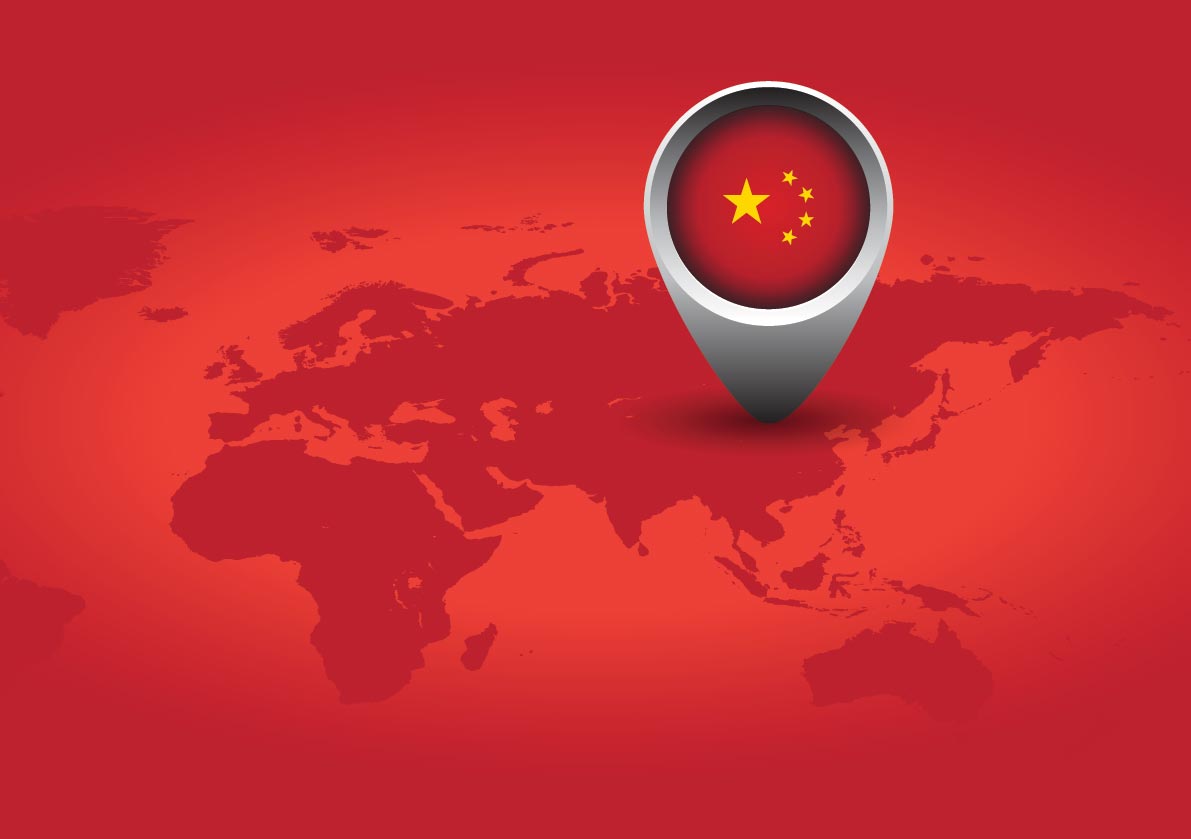China lights up global LED industry

China LED manufacturer, MLS Electronics, has penetrated the packaged LED top ten. What could this mean for the rest of the world, asks Compound Semiconductor?
Beyond China: Now in the global top ten, China-based packaged LED suppliers will soon become major players in the worldwide industry.
As prices fall and consumer acceptance rises, the demand for packaged LEDs is climbing fast. US-based analysis business, IHS, predicts global revenue for these devices, in lighting applications, will grow from $3.6 billion in 2013 to a mighty $7.1 billion in 2016.
As suppliers worldwide chase the eagerly-anticipated 96% hike in revenue, China-based packaged LED manufacturers are already muscling in on the action. MLS Electronics recently cracked the top ten packaged LED rankings, a first for Chinese suppliers, and as IHS analyst Jamie Fox says: "MLS's ascent into the market's upper ranks represents a clear signal that Chinese firms will soon become major competitors in the global LED business."
As Fox, highlights, most of the new LED production capacity added worldwide since 2011 has come from China, and these massive investments are at last paying off. According to the analyst, worldwide number one supplier, Nichia, holds a 11.8% share of the global packaged LED market, while lead suppliers such as Osram Opto, Samsung Electronics, Seoul Semiconductor, Lumileds, Cree and LG Innotek have market share between 4.5% to 7%.
"But now MLS has around 2.4% share of the global market," he says. "China has built up a vast manufacturing capacity and its suppliers are already starting to compete internationally, so a key question is, how long until suppliers outside of China really start to feel an impact?"
The effects of cheaper Chinese competition are already apparent. Tier one companies, such as Cree have, for some time now, been dropping prices of lighting products in response to low-cost technologies from suppliers in China as well as South Korea and Taiwan.
Lighting has been the key application for these players, but over time other sectors will gain prominence. As Fox highlights: "I think the Chinese suppliers will first target lighting, but also signage and consumer applications, even just low-end applications such as toys and Christmas tree lights."
"Already these suppliers are not just competing directly by selling LEDs, they are vertically integrating and producing products such as LED lamp fixtures," he adds.
Market changes
Until now, LED package manufacturers such as MLS Electronics as well as the likes of Jufei, NationStar and Refond, have predominantly competed amongst themselves for a share of China's large domestic LED market.
The rise of China-based LED chip makers, such as San'an and Electech, government support and lighting market opportunities, has helped to deliver double digit growth amongst package suppliers, with, for example, Jufei and Refond recently posting around 35% year-on-year growth. But despite domestic growth, international sales have been few and far between.
MLS Electronics may have edged into the top ten of global packaged LED suppliers - up from 14th place in 2012 - but other suppliers do not even rank among the top 20. And as Fox highlights, while NationStar, for example, has entered the top 30, thousands of small manufacturers are dotted across the country making up a massive, but highly fragmented LED supply base.
Still, the analyst doesn't anticipate significant industry consolidation and expects the revenues of Chinese vendors to grow steadily as the nation's economy grows, enabling China-based suppliers to sell more internationally.
"For China suppliers, there are many issues around quality and performance but again, these issues depend on the application," he says. "China suppliers will find it easier to compete in low power and mid-power LED applications, but [segments] that demand higher power and longer lifetimes will be more challenging."
Quality issues aside, the intellectual property issues that have historically hampered LED-related exports will soon be resolved. As the China-based LED market has developed, better regulation and provisioning of protection for IP is set to trigger more international sales.
And crucially, patents are now due to expire. "IP is becoming less of an issue, with some patents due to expire in 2015," concludes Fox. "Latest developments are just the beginning; expect more competition from China in the years ahead."
- IHS tracks the revenue of the top 35 packaged LED manufacturers players globally































